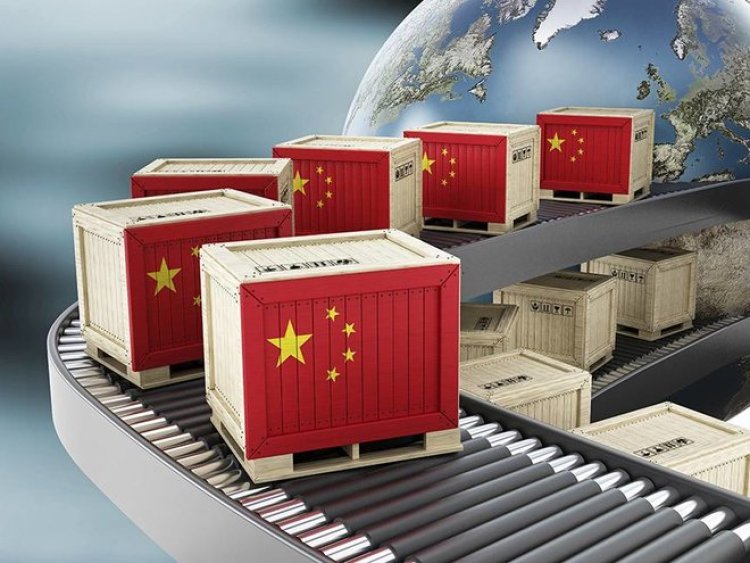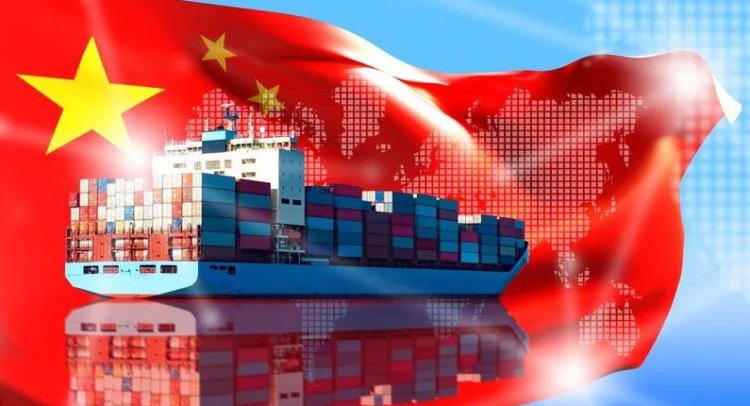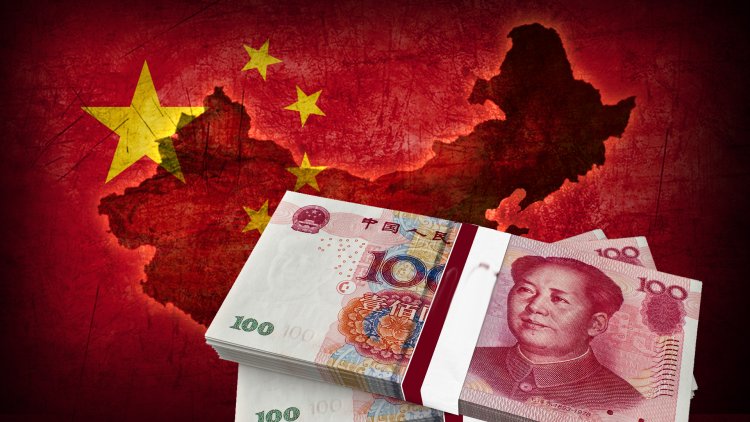Can China perform an economic miracle and get back on track in 2024?

China's disappointing post-Covid-19 recovery has raised significant doubts about the foundations of Beijing's impressive growth over decades.
This presents Beijing with a difficult choice for 2024 and beyond: either take on more debt or achieve less growth. The expectation was that once China dropped its strict coronavirus rules, consumers would return to malls, foreign investment would resume, factories would rev up and land auctions and home sales would stabilize.
Lost decades
Instead, Chinese shoppers have begun saving for a rainy day, foreign companies have withdrawn cash, manufacturers are facing declining demand from the West, local governments' finances have wavered, and real estate developers have defaulted.
These expectations have been justified by those who have always doubted the Chinese growth model, with some economists even drawing parallels with Japan before the “lost decades” of recession that began in the 1990.

Transforming the economy
China skeptics say Beijing failed to shift the economy from construction-led development to consumption-led growth a decade ago, when it should have done so.
Since then, debt has outpaced the economy, reaching levels that local governments and real estate companies are now struggling to resolve.
Road map
But a concrete long-term roadmap for debt resolution and economic restructuring remains elusive.
Whatever choices China makes, it will have to take into account the aging and shrinking population, and the difficult geopolitical environment as the West becomes increasingly concerned about dealing with the country with the second largest economy in the world.
Chinese growth
China is likely to grow by 5% or so in 2023, outpacing the global economy. However, China invests more than 40% of its production, twice as much as the United States, suggesting that a significant portion of that is unproductive.
This means that many Chinese do not feel this growth. Youth unemployment rates topped 21% in June, the last set of figures before China controversially stopped reporting.
Real estate economy
University graduates who studied for jobs in advanced economies are now taking low-skilled jobs to make ends meet, while others are seeing their wages decline.
In an economy where 70% of household wealth is parked in real estate, homeowners feel poorer.
Even in one of the economy's few bright spots, the electric vehicle sector, the price war is causing pain for suppliers and workers.
National pessimism
Analysts say nationalistic pessimism could expose Chinese President Xi Jinping to social stability risks. If China slides into Japan-style decline, it will do so before it can achieve the kind of development that Japan has achieved.
This will be widely felt as most global industries rely heavily on suppliers in China. Africa and Latin America depend on China purchasing their basic goods and financing their industrialization.

What does 2024 mean
The problems China faces give it little time before it has to make some difficult choices.
Policymakers are keen to change the structure of the economy, but reform has always been difficult in China.
The luxury of hundreds of millions
Efforts to boost the well-being of hundreds of millions of rural migrant workers, who could, by some estimates, add 1.7% of GDP to household consumption if they had the same access to public services as urban residents, are already faltering over concerns about social stability. And costs.
Property and debt
China's efforts to solve its property and debt problems run up against similar concerns.
Who pays for their bad investments? Banks, state-owned companies, central government, corporations, or households?
Economists say any of these options could mean weak growth in the future. But for now, China seems reluctant to make choices that would sacrifice growth for reform.
Growth goal
Government advisers are calling for a growth target of around 5% for next year.
While this is in line with its 2023 target, it will not have the same flattering annual comparison to the lockdown-induced recession in 2022.
Such a target could push it into more debt, the kind of fiscal easing that prompted Moody's to cut China's credit rating outlook to negative this month, pushing Chinese stocks to their lowest levels in five years.
Where that money is spent will tell whether Beijing changes its approach or doubles down on a growth model that many fear has come to an end.


 Shrouq
Shrouq 












